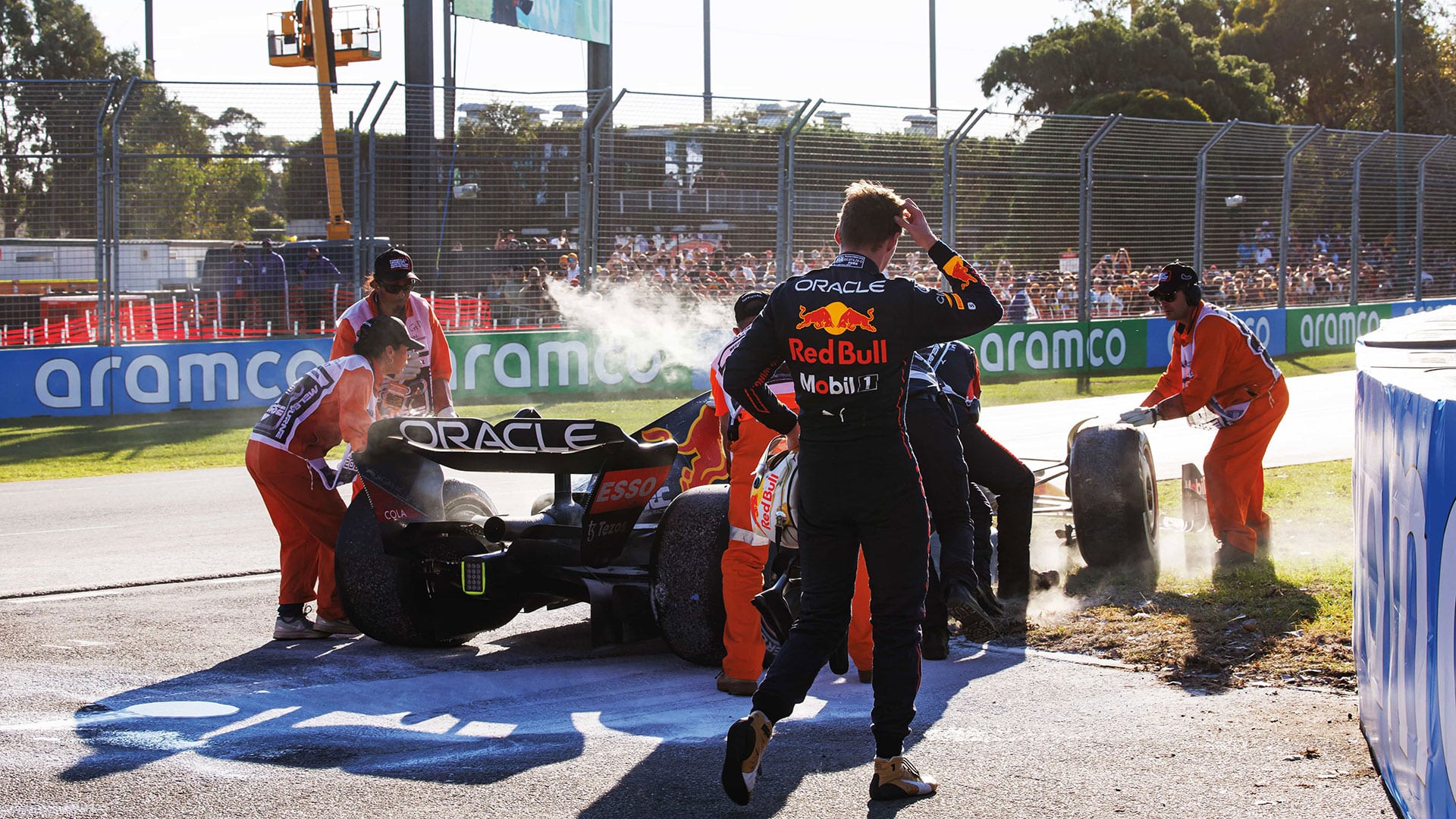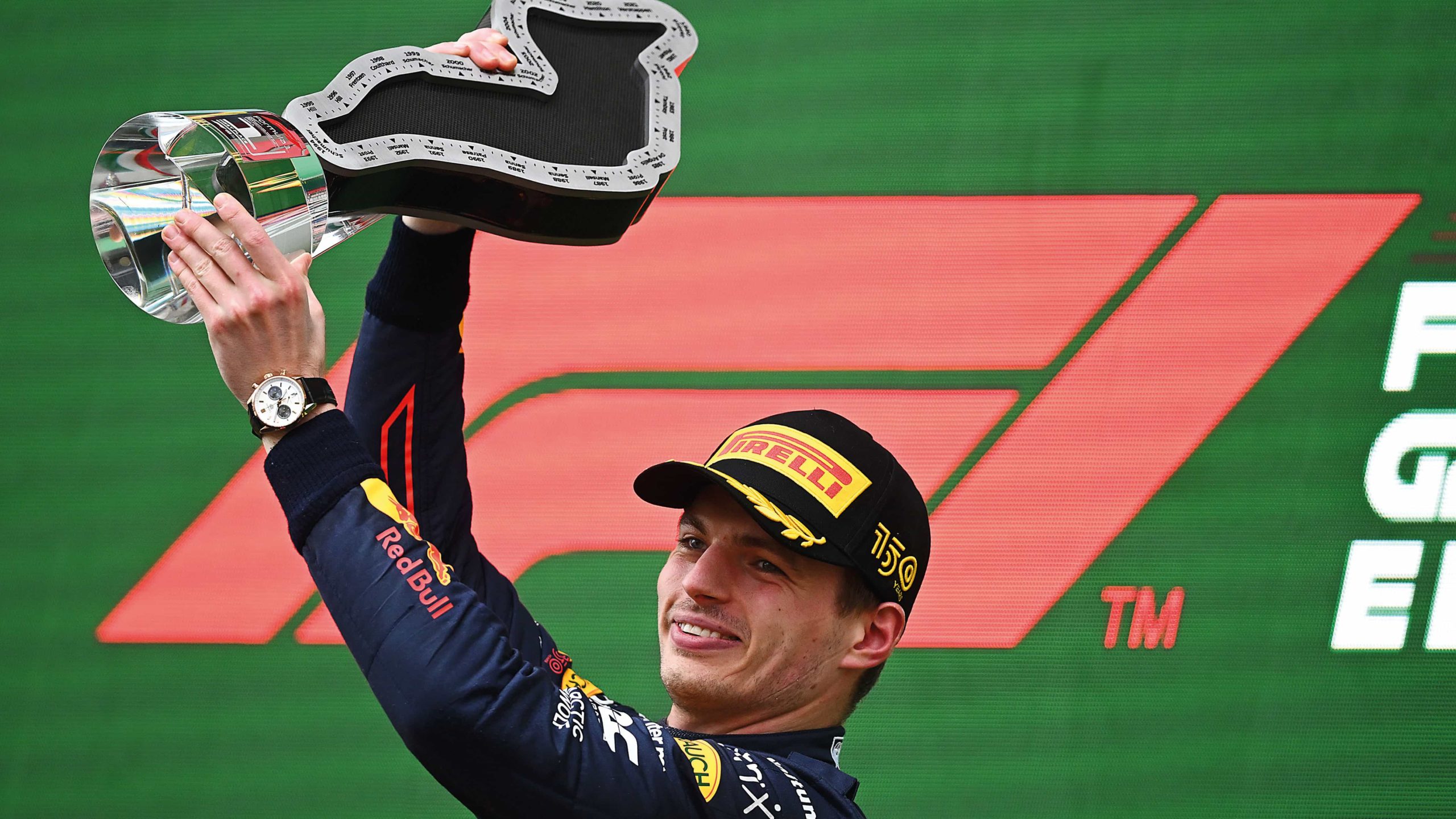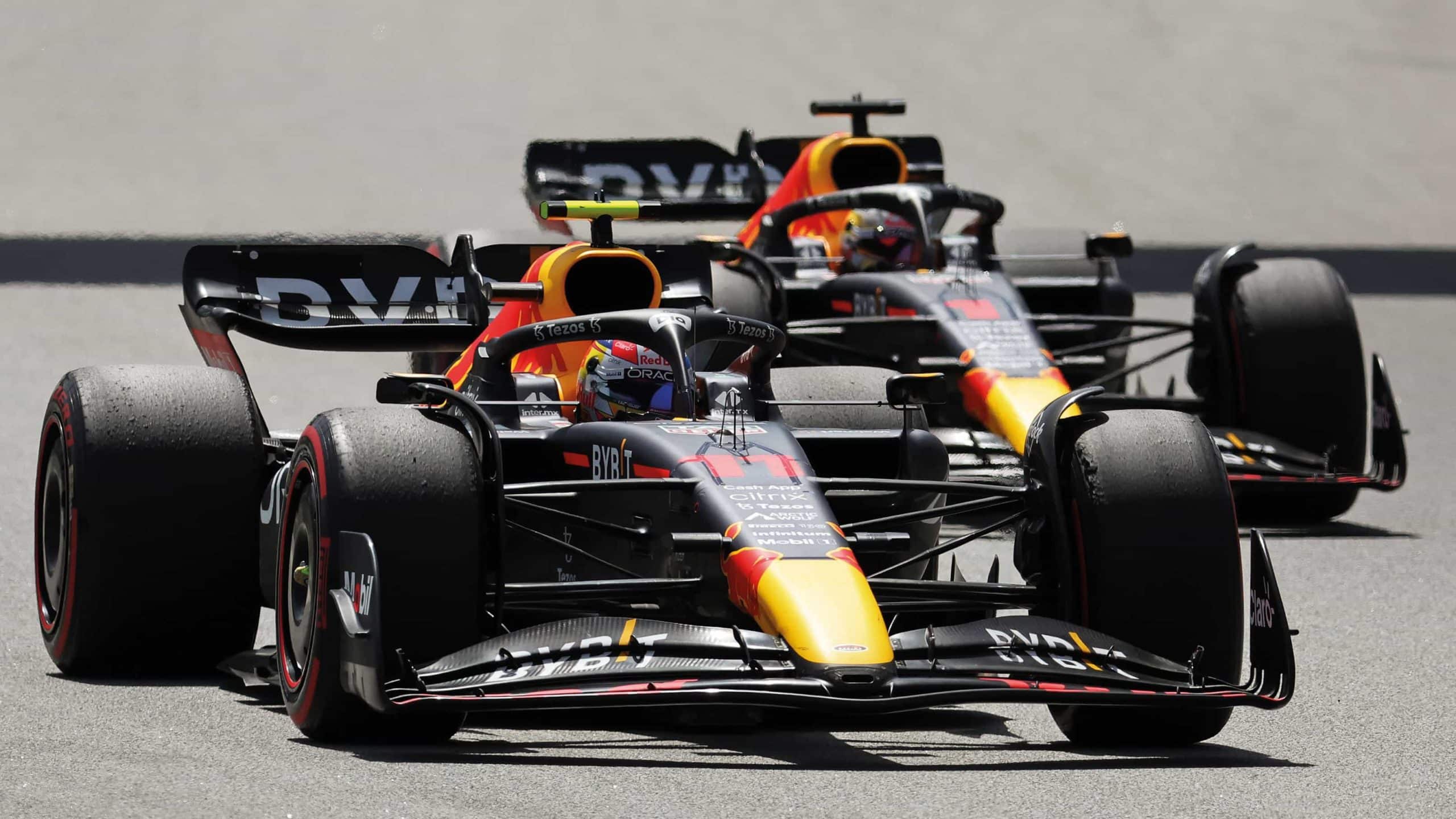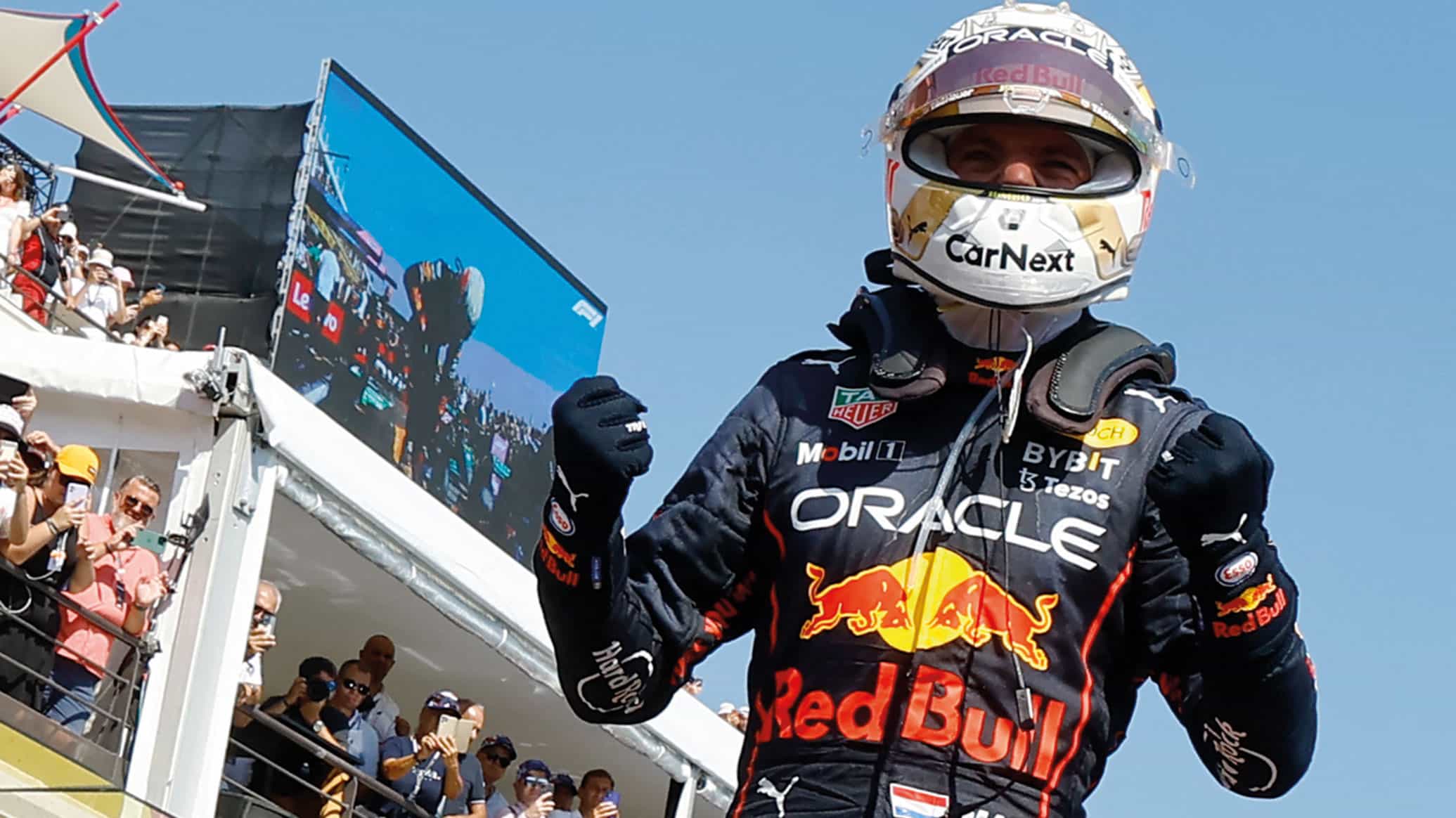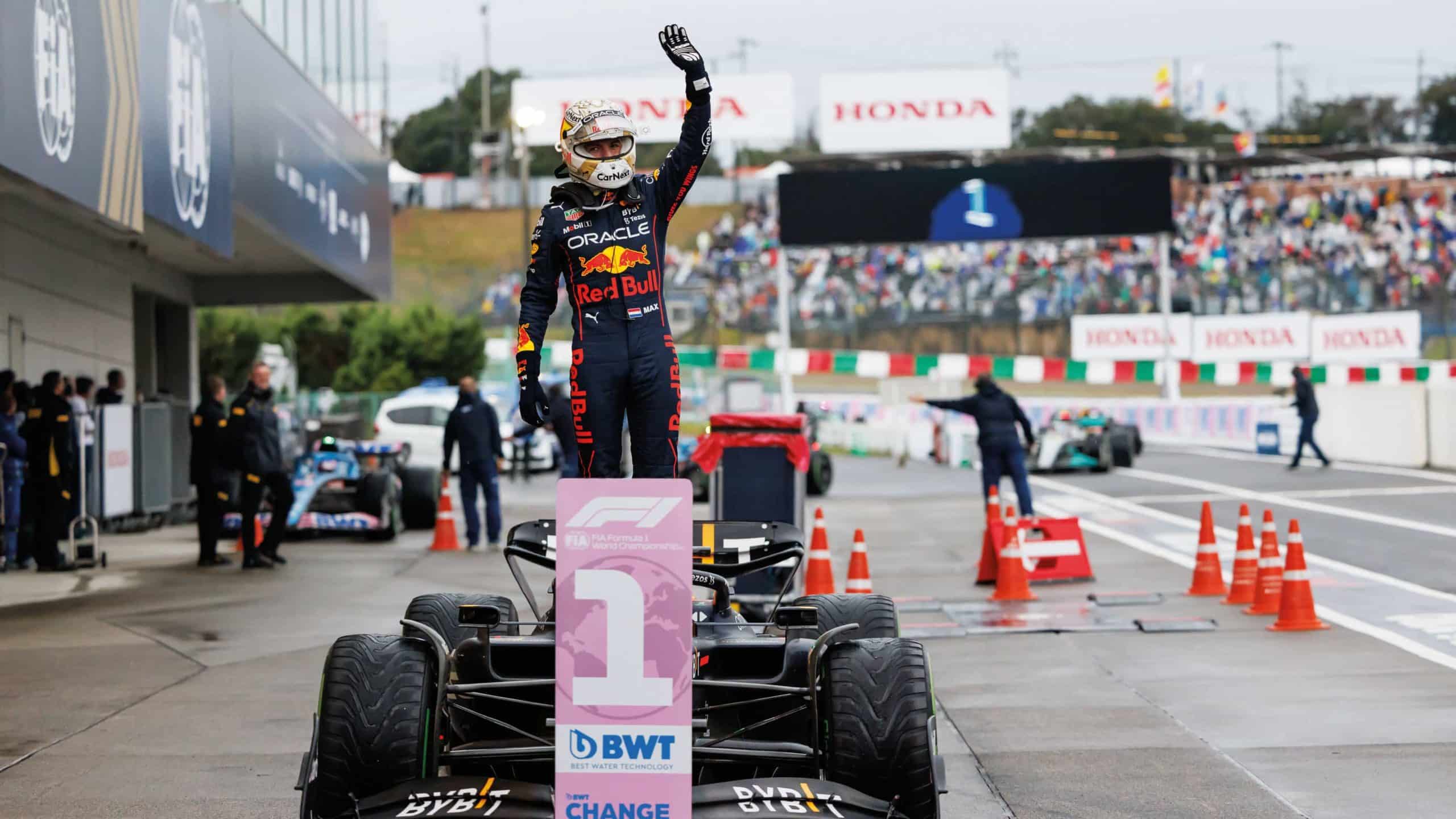Ten reasons why Max Verstappen dominated in 2022
In a season of surprising domination by Red Bull’s Max Verstappen, here are 10 moments that led to his second F1 world title...
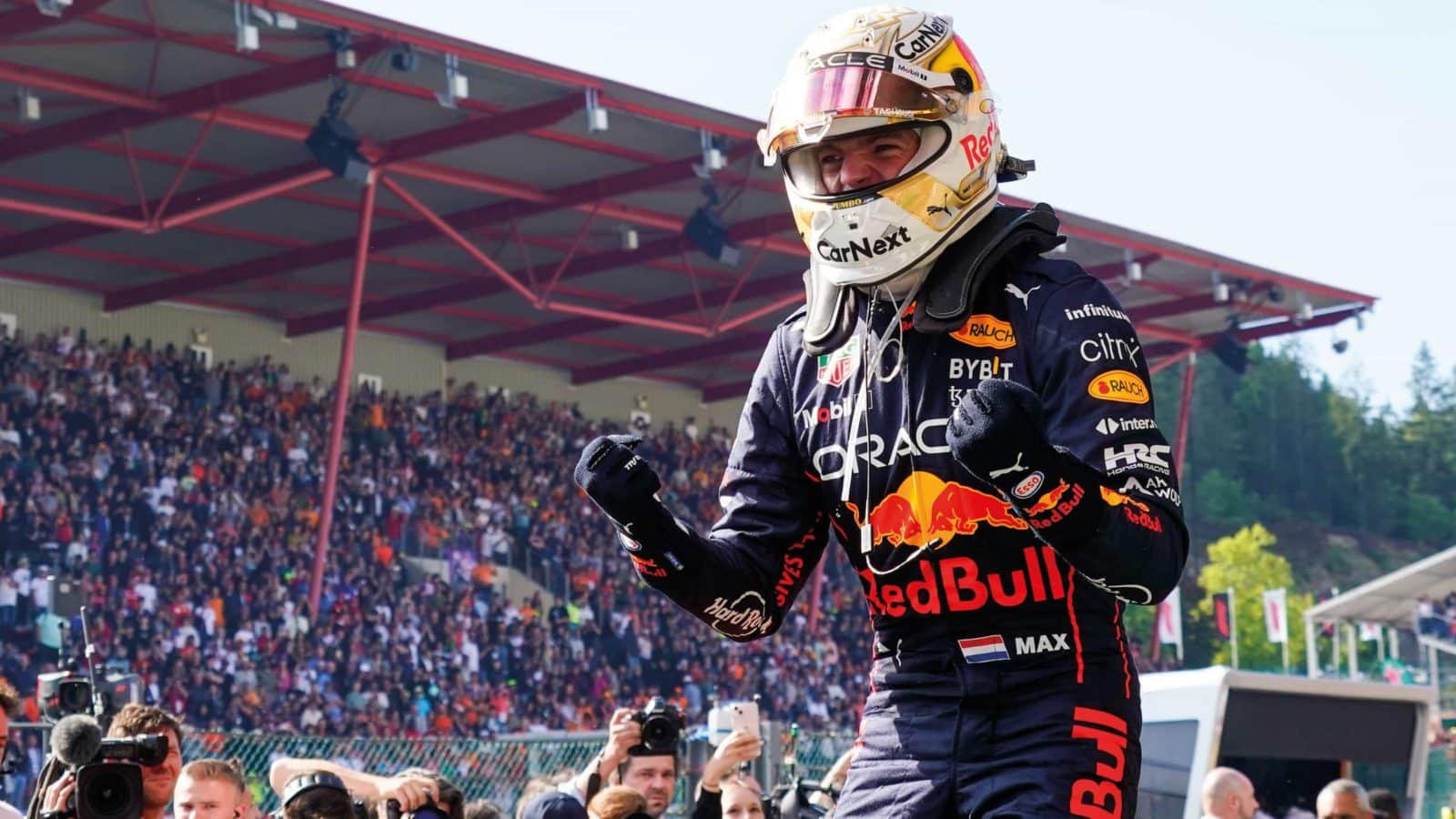
Getty Images
1. DNF in Melbourne capped a frustrating start
If there was any talk of one team walking away with the Formula 1 World Championship when the paddock made the long trip back from Australia it was all surrounding Ferrari – as you will recall.
And that’s not an overstatement; it was exactly the fear after Charles Leclerc had won two of the first three races, both from pole position, finished second in the other and set the fastest lap in all three. Allied to that strong start were Red Bull reliability concerns.
Both Max Verstappen and Sergio Pérez had dropped out late on in Bahrain due to a fuel system issue that it was not able to find an instant fix for, but Melbourne was perhaps even more painful. Unable to match Leclerc’s performance in either qualifying or the race itself, Verstappen was settling for second when another fuel problem ended his afternoon early.
Red Bull was well and truly on the back foot and Verstappen was frustrated, saying at the time: “These kinds of things, if you want to fight for the title, they cannot happen.”
The words were heeded. A two-week break followed and Red Bull took full advantage to make its car as close to bulletproof as possible. Verstappen would not suffer another race-ending issue that would impact his title challenge.
2. Imola superiority while Ferrari loses pace
The early stages of the season felt like they were missing something given the lack of a challenge being presented by Max Verstappen’s main rival from 2021 as Lewis Hamilton was hamstrung by an uncompetitive Mercedes.
Porpoising concerns and a tricky car meant there was rarely a Mercedes in the mix at the sharp end, but even Red Bull was expecting that to change as the season progressed. By the fourth round in Imola, the feeling that maybe the Silver Arrows would never be a factor had started to creep in.
Hamilton and George Russell both dropped out in Q2, starting the Sprint in 11th and 13th respectively. No progress was made on Saturday, and although Russell managed to sneak into the top four in the grand prix, Hamilton was a lap down in 13th place.
So Red Bull only really had Ferrari to worry about, and despite the early strength showed by Charles Leclerc, it was actually the Monégasque who was doing the worrying. Pole for the Sprint was followed by a race where Verstappen showed mastery of his tyres (more on that later) to pass his rival for pole, and then Sergio Pérez played the perfect rear gunner role by moving into second at the start of Sunday’s race.
Leclerc felt the weight of expectation from the tifosi and the need to minimise the loss to Verstappen over the weekend but pushed too hard, spinning into the barrier when close behind Pérez and being classified sixth. It only accelerated Verstappen’s comeback.
3. Spain team orders take Max to top of the standings
Sergio Pérez might have played the rear gunner role in Imola, but by the Spanish Grand Prix he was in the lead after Charles Leclerc had retired and the Mexican’s strategy played out strongly. Meanwhile, Max Verstappen had been hampered by a trip through the gravel and an intermittent DRS that made overtaking difficult.
What followed was a show of ruthlessness from both Verstappen and his team, as the Dutchman – who had fought brilliantly with George Russell despite his ailment – was switched onto a three-stopper to try and make moves in the pits.
With Pérez in the lead after the final round of pitstops, what was set to be a comfortable 1-2 was decided in Verstappen’s favour as Red Bull ordered Pérez to let him through given his DRS issue. Although he described it as “unfair”, Pérez duly obliged, and Verstappen went on to take full advantage of Leclerc’s DNF to take a championship lead he would not lose.
It was criticised as being too soon at the time – including by myself – but the move showed how seriously Red Bull was taking the Ferrari challenge, and how its full weight would go behind the defending champion if need be.
4. Ferrari’s strategic debacle in Monaco
As good as Max Verstappen has been this year, it’s hard to overlook just how much more of a fight Ferrari could have provided but for some very basic errors.
Heading to Monaco from Spain, Ferrari was already hurting having seen Verstappen take the championship lead from Charles Leclerc. But the Monégasque had the chance to hit straight back at his home race and duly made use of Ferrari’s one-lap pace to secure a crucial pole position ahead of team-mate Carlos Sainz.
Such is Ferrari’s recent history –including at that specific race where a miscalculation caused Leclerc to drop out in Q1 in 2019 and then suffer a gearbox failure on the way to the grid two years later – there remained an air of trepidation in Monte Carlo and it proved to be well-founded.
Despite wet weather ensuring rolling starts were used, removing the risk of a position being lost off the line, the wet track made strategy more challenging and Ferrari almost predictably dropped the ball. Erroneously calling Leclerc in for a second stop to switch to slicks when Sainz was already in the pitlane cost him time, and Sergio Pérez jumped both to win while Verstappen was promoted to third ahead of his main rival.
A race that Ferrari really should have won was handed to Red Bull – which made all the right calls, it must be said – on a plate, and Verstappen gladly extended his ad

A downpour at Monaco and a disaster for Ferrari
Getty Images
5. Red Bull’s RB18 sheds some bulk and the wins arrive
Max Verstappen might have been enjoying a comfortable lead as Charles Leclerc again failed to finish when leading in Baku, but the Canadian Grand Prix featured him holding off a faster Carlos Sainz by not putting a wheel wrong under pressure in the latter part of the race.
One thing that the race highlighted was Ferrari’s continuing pace advantage, part of which was down to Red Bull’s car being overweight. That in turn made it a little tough on tyre degradation at times compared to its main rival, as set-up compromises were required in race trim that ultimately prevented consistency in the car’s performances.
Work had been ongoing from the opening rounds to try and address that weakness, and by the time the teams arrived in France – marking the start of the second half of the season – some real progress had been made. While the improvements had been gradual, Paul Ricard triggered the start of a run of nine consecutive victories for Red Bull.
6. Leclerc’s French Grand Prix misery
By mid-season the title was already shifting away from Ferrari, but the overriding feeling was that the car was quick enough to deliver a fightback. Charles Leclerc should have won at Silverstone – taking advantage of Max Verstappen’s damaged car – but again a tough strategic call late in the race demoted him from first to fourth.
Leclerc’s win in Austria came with Verstappen doing what he so often did in 2021 when he couldn’t win, picking up the points for second place to limit the damage. And there was a chance he was going to have to do so again in France when Leclerc took pole and maintained his lead, with Ferrari confident it didn’t have to react immediately to a pitstop from Verstappen as Red Bull attempted the undercut.
Whether that was the right call we’ll never know, as Leclerc then spun off on lap 18 – driver error – allowing Verstappen to turn what had been set to become a 31-point lead into a 63-point advantage in an instant. Even Max himself knew then the title was his to lose.
“The moment where I thought now we are going to win it was, I think, after Paul Ricard, where the lead increased by quite a bit. We had a competitive car. I knew it was going to be quite close in the coming races, but I was like, ‘This is a gap which we cannot give away any more.’”

Race favourite Charles Leclerc spun out at Paul Ricard and Max Verstappen took full advantage
Getty Images
7. Hungarian brilliance: Hannah Schmitz shines
Max Verstappen might have been feeling confident after France, but one week later he was left frustrated by a power unit issue that limited him to 10th on the grid at the notoriously hard-to-overtake Hungaroring. Charles Leclerc was only starting third after George Russell’s shock pole, but the chance to claw back some of the deficit was clear.
It’s far too easy to point to Ferrari errors as the catalyst for Red Bull gains at times, but in Hungary it was an example of sublime racecraft and excellent strategic calls that led to a stunning comeback.
Verstappen made a mockery of the difficulty overtaking on the circuit, carving his way into the top five quickly. In tandem, Red Bull’s principal strategy engineer Hannah Schmitz called it perfectly, helping Verstappen undercut Lewis Hamilton and then forcing Ferrari into an error.
An early final stop onto mediums meant Ferrari – having used two sets of mediums – would need to either respond to Red Bull and take on hards or risk losing track position while waiting to be in a window to fit softs, and the pressure seemed to get to the Scuderia. All of the signs were there that the hard wasn’t working in damp and cool conditions, but there were heads in hands when Ferrari reacted to Verstappen’s stop in a move that would cost it the race.
Leclerc was so slow on the hard tyre that Verstappen could afford a spin on his way to a victory that showed he could win from almost anywhere on any track.
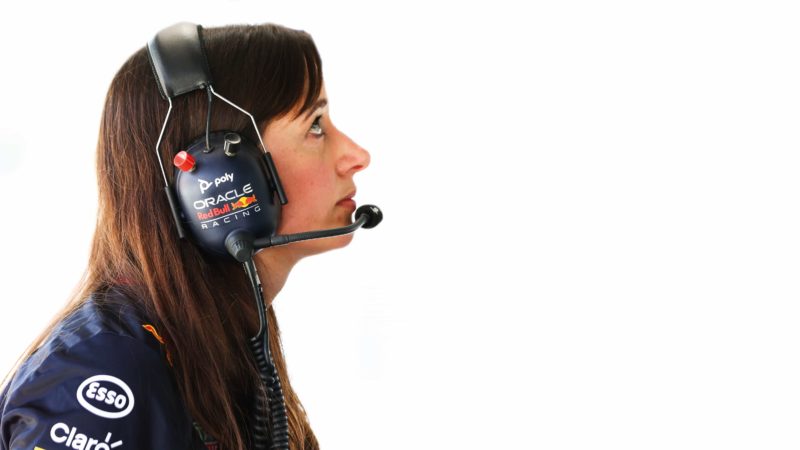
In Hungary, Verstappen heaped praise on Red Bull’s “insanely calm” principal strategy engineer Hannah Schmitz
Getty Images
8. Belgian dominance that broke Ferrari’s spirit
Time’s a great healer, and even after the win for Max Verstappen in Hungary that stretched his advantage to 80 points, there seemed to be hope that Ferrari could prolong the battle after the summer break in Belgium when it became clear the title leader would start from the back of the grid due to power unit penalties.
Charles Leclerc was doing likewise, but with Carlos Sainz on pole and Spa often an action-packed race, there were trip hazards everywhere.
Verstappen once again showed superb racecraft, gaining six positions on the opening lap and going on to take the lead by lap 12 in a remarkable display of dominance. Red Bull was in another league and Verstappen exploited it, going on to lead home a 1-2 by nearly 18sec.
Any hope Ferrari had of taking the fight deep into the season disappeared – there just seemed to be nothing you could throw at Verstappen to unsettle him.
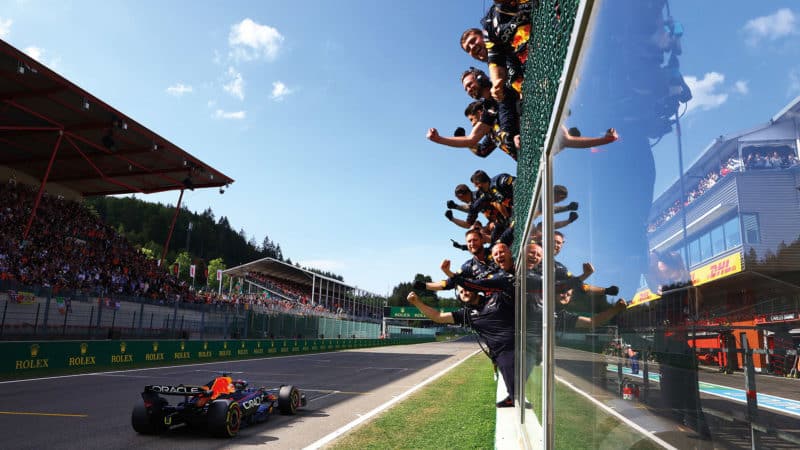
Verstappen took his third win on the trot at Spa in late August – starting from the back of the grid
Getty Images
9. Taking the world title with four races still to go
If there’s a perfect summation of Max Verstappen’s performances this year it’s the fact that when he had his first realistic chance of winning the F1 World Championship in Japan, conditions never factored into my thinking as a potential problem.
On Sunday in Suzuka there were mixed forecasts, but the belief was: if it’s dry, Verstappen’s going to win. If it’s wet, Verstappen’s going to win. And he duly did that in typically outstanding fashion despite treacherously wet conditions on the day, pulling away from the field at around a second per lap. The race was limited to 28 laps but Verstappen was still 27sec ahead of Sergio Pérez by the end.
Multiple other moments during the year had added up to an air of inevitability surrounding the Dutchman, who had climbed through to win from 10th in Hungary, 14th in Belgium and seventh in Monza.
Whether leading from pole or fighting from far down the order, come rain or shine, Verstappen had the answers.
10. Mexico: an example of tyre usage strength
There’s perhaps an unglamorous side to Max Verstappen’s driving that was evident after he won the title but played a big role in his season.
While Sergio Pérez often gets lauded as the tyre whisperer, Verstappen has been every bit as good as his team-mate on that front, if not better. The overweight car provided a tyre usage challenge early in the year, but only in Austria did Ferrari appear to have an advantage on tyre wear.
Even in races where he had to battle through the field, his strategies were not compromised. And when under threat from the likes of Mercedes in Austin and Mexico, Verstappen blended immense pace with tyre life that made marginal stint lengths look easy.
In Mexico City, all 45 laps of his remarkable medium-tyre run to the flag – save for VSC laps – were within the 1min 22sec bracket, and when you discard the final lap when celebrating they were all within three-quarters of a second of each other. Metronomic, and perhaps his most underrated skill.
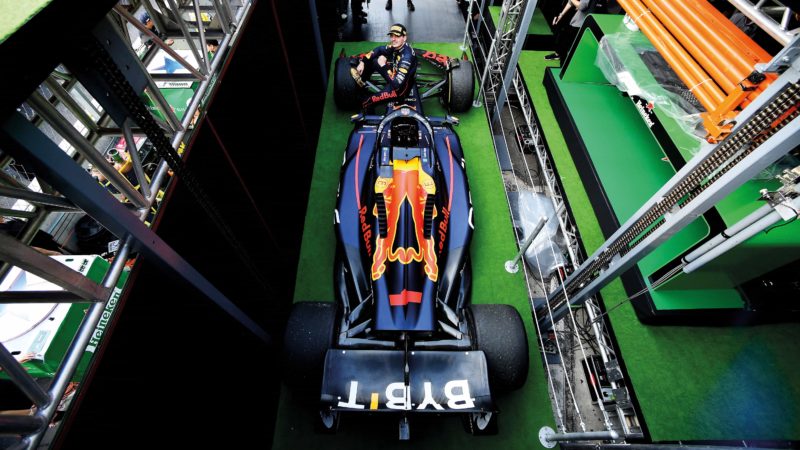
The Mexican Grand Prix was Verstappen’s 14th victory of the season, and Red Bull’s ninth consecutive win
Getty Images
